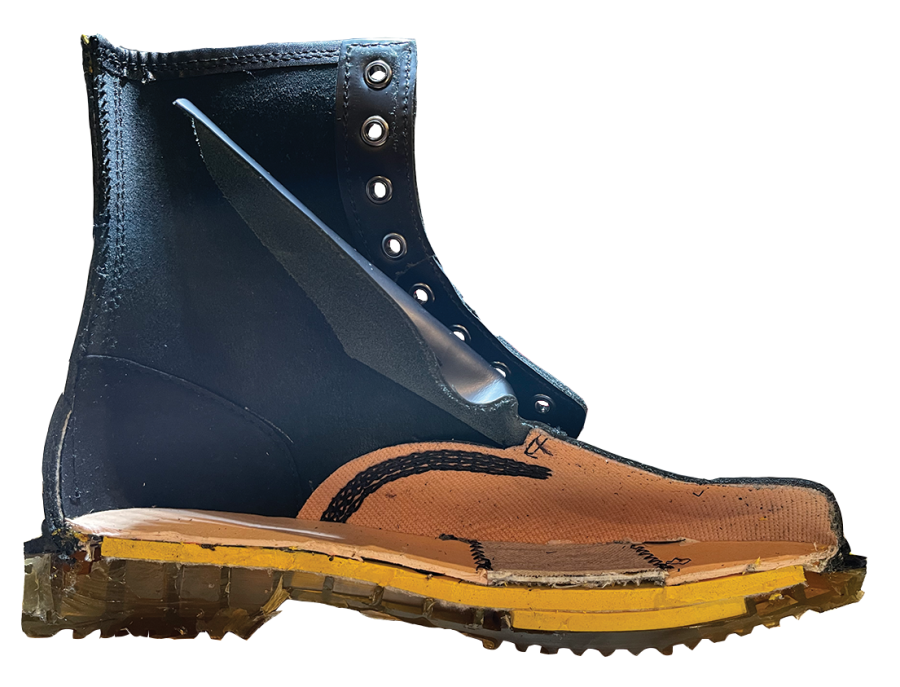Doc Martens Meltdown
Doc Martens are back, and it seems they are here to stay. Students across the country are walking around campuses sporting Doc Martens’ 1460 boots. It is clear Docs are back but are Doc Martens worth the price?
March 10, 2022
Uncovering the Uppers
Doc Martens, a trendy footwear brand, has grown in social collateral in recent years. Consumers like these shoes not only because they’re stylish but also because they’re comfortable and easy to break in. Sophomore Cierra Rogers Nervo said, “It only took me a week to break mine in.” This is because the material used on Doc Martens is “not a very high quality leather,” said Weston Kay, owner of handmade leather goods company Rose Anvil.
Investigating the Insole
The insole is made from a material called “fiberboard.” While its manufacturer, Texon, claims that it “gives world-class support to footwear designers, engineers and manufacturers,” this product is widely seen as poor quality across the industry.
According to Cobbler’s Plus Inc., “It’s basically pressed paper… definitely not a quality [material].”
Cobbler’s Plus Inc. further emphasized that fiberboard is to shoes as particle board is to carpentry—a notoriously unreliable material.
Observing the Outsole
The rubber outsoles on Doc Martens may appear very durable at first glance. However, they are nowhere near as long-lasting as they seem.
“The sole and heel areas [wear] through the tread, so they [will get] very slippery,” Julie Derrick, owner of JD’s Shoe Repair in Portland, OR, stated in a 2020 interview with Art Insider. Considering that Doc Martens are sometimes worn as work boots, this not only presents a serious safety issue, but it also requires wearers to resole their boots more frequently or to buy a new pair altogether, which is not a very economical footwear solution and results in a greater overall price for the wearer over a long period of time.

















